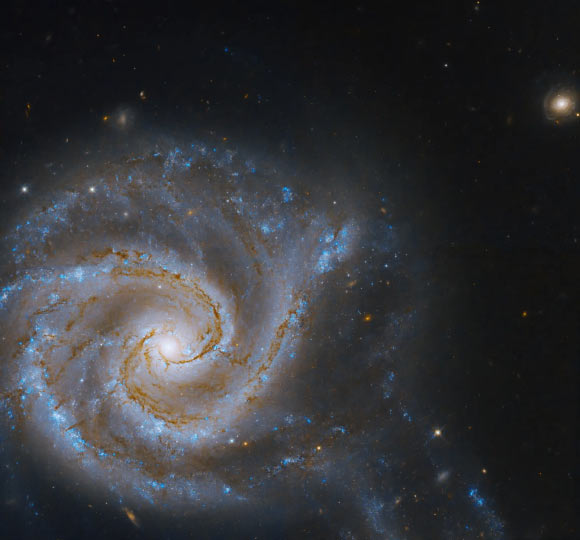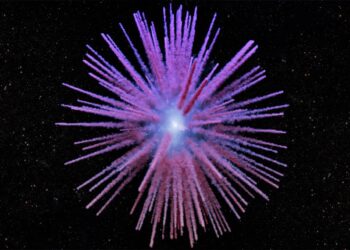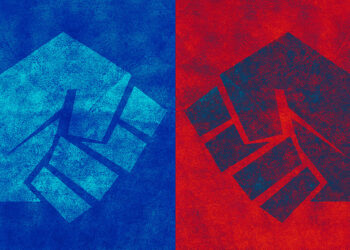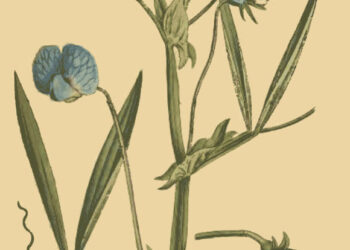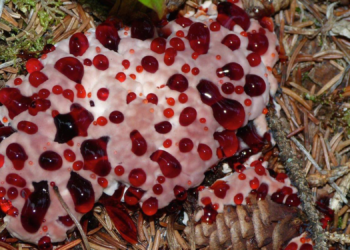Astronomers using the NASA/ESA Hubble Space Telescope have captured a striking photo of NGC 5427, which is part of the interacting galaxy pair Arp 271.
Arp 271 was originally discovered in 1785 by the German-born British astronomer William Herschel.
The interacting pair consists of two similarly-sized spiral galaxies: NGC 5426 and NGC 5427.
It lies about 120 million light-years away toward the constellation of Virgo and spans about 130,000 light years.
It is not certain if the interaction NGC 5426 and NGC 5427 undergo will end in a collision and ultimately in a merging of the two galaxies or if the galaxies will experience just a very close encounter.
It is definitely sure that they are already affecting each other as material was ripped off the galaxies to create a bridge of stars and dust connecting them.
Our own Milky Way Galaxy will undergo a similar collision in the far future with the Andromeda galaxy, which is now located about 2.6 million light years away from the Milky Way.
“NGC 5426 is located below NGC 5427 and outside of this image’s frame,” the Hubble astronomers said.
“However, the effects of the pair’s gravitational attraction are visible in the galactic distortion and cosmic bridge of stars seen in the lower-right region of the image.”
“NGC 5426 and NGC 5427 are locked in an interaction that will last for tens of millions of years.”
“Whether they will ultimately collide and merge is still uncertain, but their mutual gravitational attraction has already birthed many new stars.”
“These young stars are visible in the faint bridge connecting the two galaxies, located at the bottom of the image.”
“Such a bridge provides an avenue for the two galaxies to continue sharing the gas and dust that becomes new stars.”
“We believe Arp 271 can serve as a blueprint for future interactions between our Milky Way Galaxy and the Andromeda galaxy, expected to happen in about 4 billion years.”
Read the full article here

